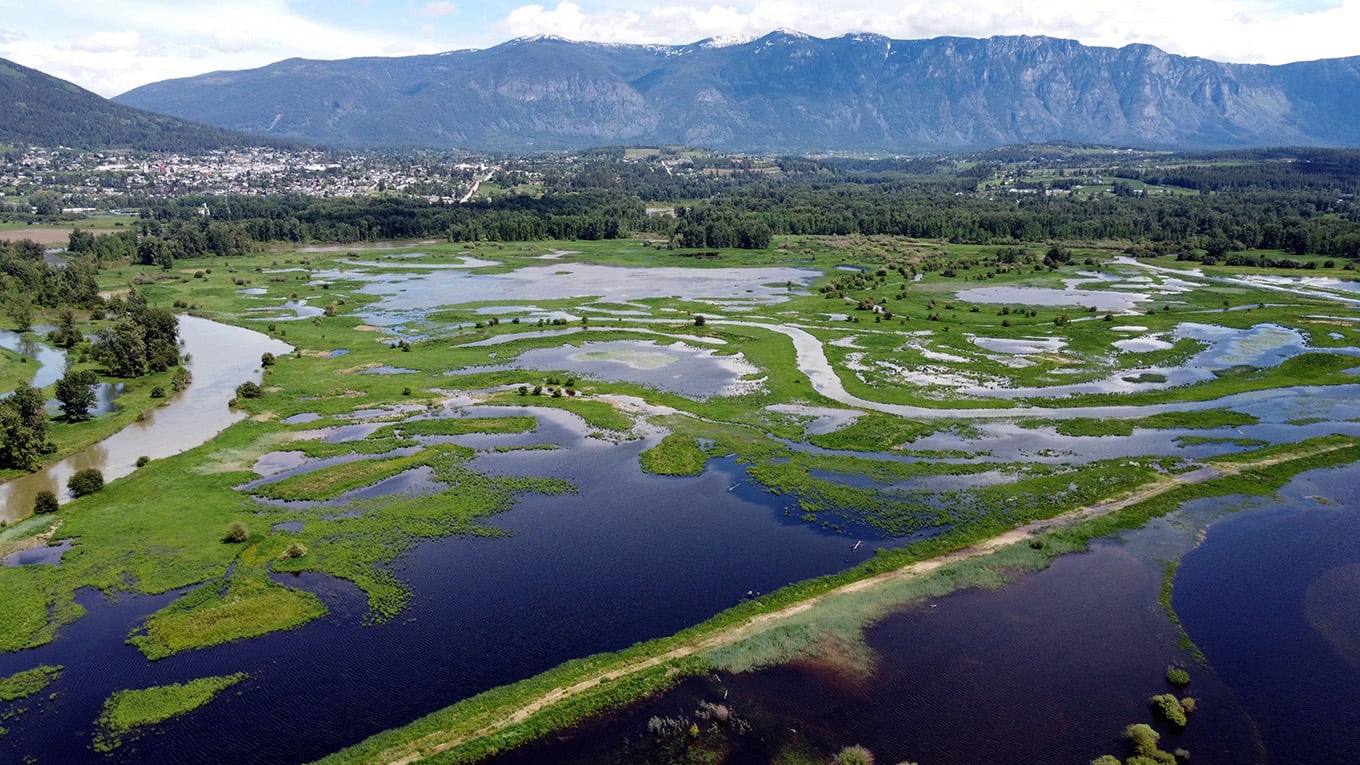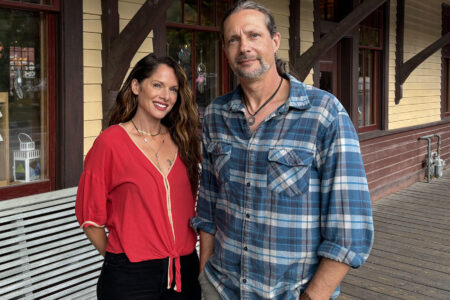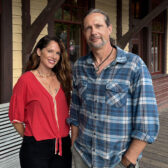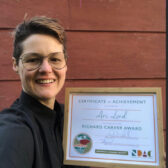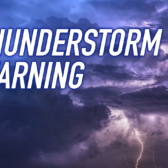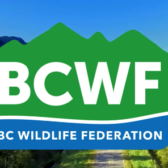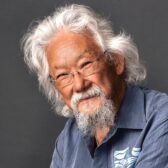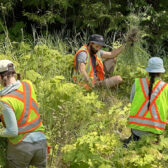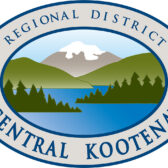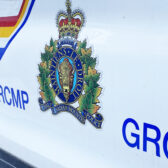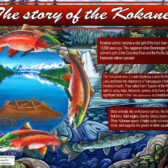Yaqan Nukiy First Nation and Kootenai Tribe of Idaho to release one million fish into restored wetland
B.C. Wildlife Federation
The Yaqan Nukiy Lower Kootenay Band will release more than one million burbot in a restored wetland in the Creston Valley this year.
“We hope that by releasing the burbot in the wetlands, that they have a chance to become self-sustaining,” said Norm Allard, community planner for the Lower Kootenay Band. “Their survival rate after being released in rivers and lakes before they are able to feed on their own is disappointing, but the wetlands are warmer with abundant food.”
Since 2004, the Kootenai Tribe of Idaho has been running a burbot hatchery using Canadian brood stock, in cooperation with the government of British Columbia. Now, the descendants of those fish are coming home.
Burbot is related to cod, but they spend their lives in freshwater. The lobster-like flesh was historically an important winter food for local Indigenous people, Allard noted.
“The burbot larvae flow through the wetlands and most of them make their way out, but some become trapped for the year, and you can catch them by breaking the ice in winter,” said Allard. “They are also a food source for herons, swans and cranes, as well as coyotes and bears.”
While the Band has been releasing burbot larvae in the wetland for three years, the recovery of this fish started much earlier.
Five years ago, in partnership with the B.C. Wildlife Federation, the Band began the process of restoring 517 hectares of floodplains, streams and rivers after decades of aridity.
The wetland areas being restored were once part of a natural floodplain, they were diked off causing a disconnect from the rivers and streams in the late 1960’s. Without a natural outlet for excess water, nearby rivers and creeks were subject to floods and erosion.
To restore the Yaqan Nukiy Wetland, more than two kilometres of dikes have been removed so far and almost two kilometres of streams restored and reconnected to the floodplain.
First Nations people call the wetland “The Hunting Ground” because of the abundance of wildlife that once thrived there. After decades of decline, abundance is returning.
Today, the floodplain is once again able to provide natural flood protection by absorbing spring freshets and provides natural habitat for moose, elk, grizzly bears, mule deer, waterfowl and fish, such as sturgeon and, of course, burbot.
Indigenous knowledge systems have been key to guiding the restoration.
“The Lower Kootenay Band is leading this project, blending their knowledge systems with western science,” said Neil Fletcher, director of conservation stewardship for the B.C. Wildlife Federation. “For the last five years, the BCWF has collaborated with Band, to leverage funding, share resources, facilitate knowledge exchange through workshops and webinars, and by supporting effectiveness monitoring of the new wetlands.”
Several distinct genetic populations of burbot larvae are being released, so their movements through the wetlands and surrounding rivers and lakes can be tracked.
“The Burbot are tracked through genetics over generations, to see where they are interbreeding and where they are thriving,” said Allard. “Their survival rate has been dependent on the fish being old enough to feed on their own. Pre-feeding releases have a pretty low success rate in streams and lakes. We think the wetlands are going to be a better incubator for them at a younger age. This is where they are meant to grow into the post-feeding stage and be able survive on their own.”
One million burbot sounds like a really big number, but the larvae are a little over one millimetre in length when they hatch and grow quickly in their first year of life.


